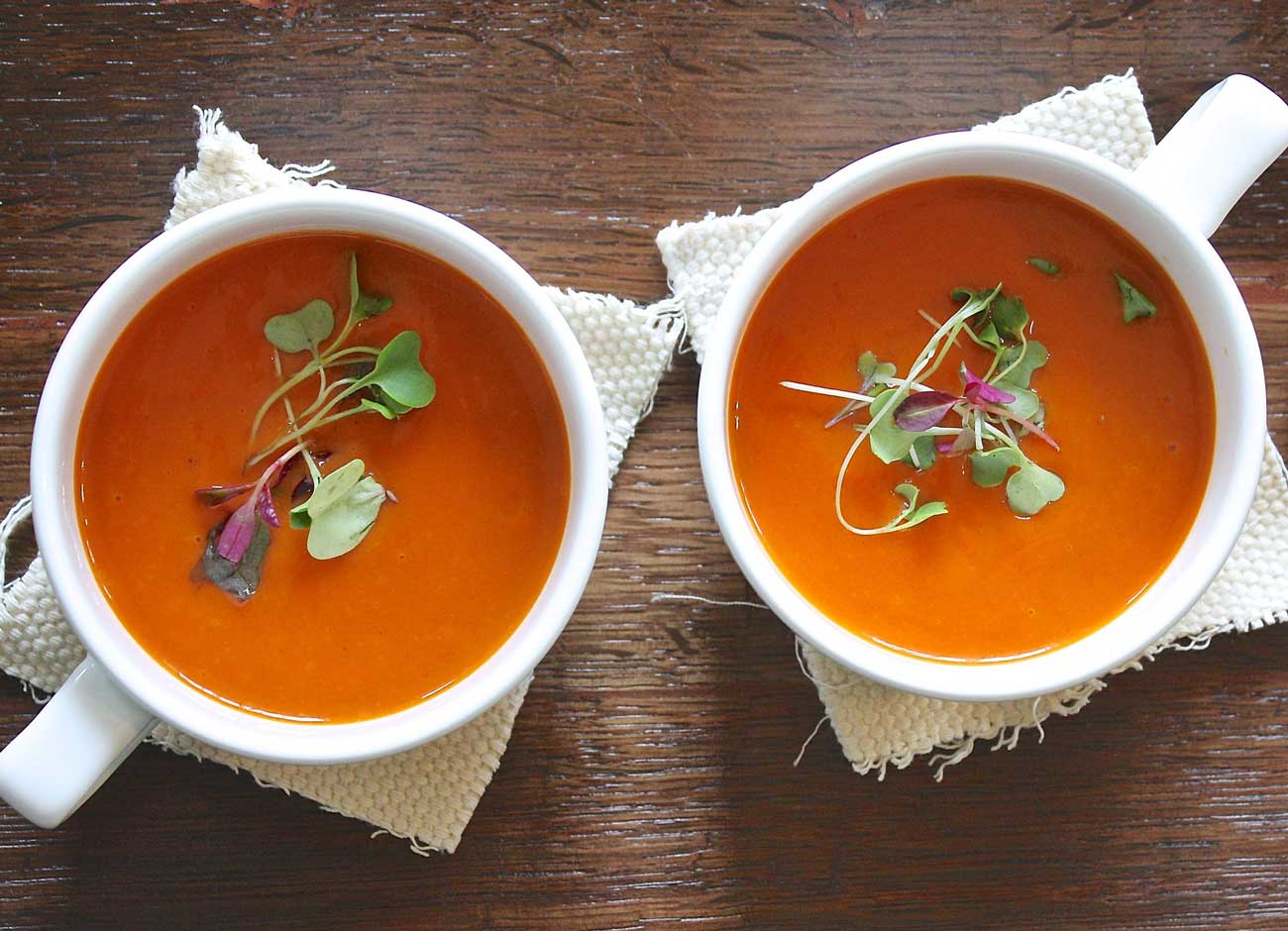DIY: You Can’t Cook Without Onions

Paul Conway ‘72 considers cooking an essential life skill.
The Kansas farmer first learned to cook in a pinch when his wife, a nurse, returned home after 12-hour shifts and was too tired to make dinner. Through trial and error, not only did Conway learn to perfect recipes like pasta fagioli, but that he also enjoyed working in the kitchen.
“Thank God for crockpots,” he wrote two months into the COVID-19 pandemic. “I am in the food business, working with my hands gives me a lot of time to think. And I have been thinking a lot about poverty and how to eat cheap but good. It can be done but it is not easy.”
Conway grows vegetables and hay on his farm in Leavenworth, Kansas. I called him for tips on how to eat well on the cheap after he wrote about ways families might be able save money and time. My notes from our conversation shares pages with meal plans from the early stages of the pandemic when it became obvious that my life, and millions more, were about to change. I wanted to make our food budget stretch and reduce unnecessary trips to the grocery store.
“A lot of people are paying for convenience,” Conway said, watching rain fall onto his fields. “You can make more time than you think if you plan.”
Conway is sympathetic to single parents and people working two jobs who don’t have a lot of time to meal plan. If you can, recruit members of your household to chop vegetables—that’s often 2/3 of the time spent cooking, he says. “Start kids early!”
He adds that this means boys, too.
I couldn’t agree more. My sons are 4 and 2 and they love to cook. The kitchen has become a place of learning and bonding. My boys learn math counting cups of beans for chili. They snack on apple slices while fetching spices and practice the sounds of the letters they see on labels. I smile every time my youngest pushes a chair across the kitchen floor shouting “See! See!” to peer into the pan on the stove top. We’ve gotten into weekly meal planning and the oldest helps identify recipes to try. He takes pride when the meal he suggested is brought to the table. Nearly a year into the pandemic, the boys are still eager to help, and I am (most of the time!) happy to have it.
By Kristen Munson
Conway’s Tips for Eating Well on the Cheap
Avoid purchases like prepared cooked rice and invest in a rice cooker. Paying for convenience adds up.
Eating out is an occasional treat not a daily event. Not only will you save money by cooking at home, but you will likely eat better, too.
Acquire a slow cooker. You can toss ingredients in before work and come home to dinner.
Grow your own herbs. The homegrown taste can brighten most meals.
Plan on and use leftovers. Consider implementing “Leftover Sundays” where you clean out the fridge.
Batch cook. When you have time, cook a big roast or make a soup. What you don’t eat that day, freeze in meal size containers and use during the week.
A little meat goes a long way. Use meat in stir fries and use vegetables and starches to provide the bulk. Certain recipes are especially suited for stretching budgets. Meat stews, stir fries, and Italian style bean and pasta soups are examples. Leftover stew can be stretched with potatoes and more vegetables.
Think soups and stews. Italian style bean soups combine beans, pasta, tomato paste, stock, vegetables, and meat (generally some ham or bacon) for another one course meal. The ingredients for these soups are cheap except for the meat which can be skipped. Use dry beans, cheaper than canned beans and with less sodium but they must be soaked overnight which requires planning.
Potatoes, onions, and cabbage are your friends. The potato and the sweet potato, historically are the last line of defense against hunger. Boiled or mashed potatoes can be a base for meat stews much like pasta for spaghetti sauce. Leftover potatoes can be eaten later as home fries.
You can’t cook without onions. They add flavor to stocks and stews.
Use cabbage. It is nutritious, cheap, and a great filler vegetable for stir fries and soups.





